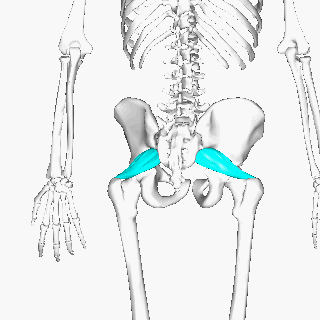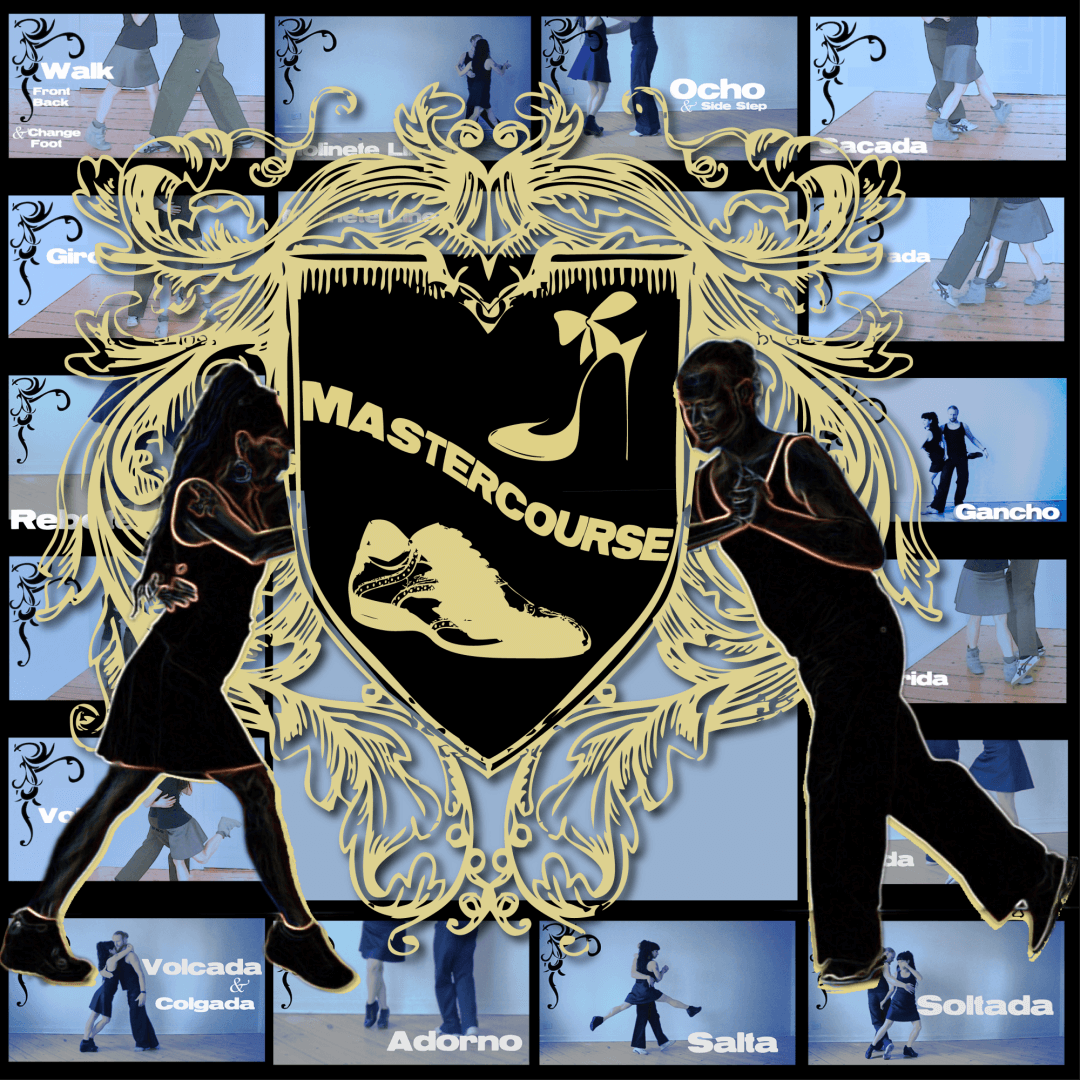1.1 surprise and force 1.2 circular journey 1.3 high performance
• exercise to distinguish projection, close/open embrace, and permission to go off balance
2. Architecture Technique2.1 co-contraction 2.2 skeletal position:
• external rotation of shoulders • ass on the line • as hips flex away from the partner, shoulders must also flex
3. Improvisation3.1 Entrance
• vertical circle or direct • stationary or on the move
3.2 During the Movement
• size • orientation • embrace • transition from volcada to colgada • turning
3.3 Revel’s Free Leg
• no free leg • in the direction of the lean/hang • against the direction of the lean/hang
3.4 Exits
• just stand up • gradual exit in opposite direction of lean/hang • crosses • down right here.
It’s rare that I have anything to add to the videos…
I spent so much money and angst trying to learn colgadas and volcadas. Many very nice teachers struggled with the students to try to get our hips into the right position. We practiced uselessly for hours, then went home and argued, never sure if we had it “right”…
The solution to hip stabilization (and, thereby, lightness) in any off-balance position is to contract the piriformis. This prevents weight dropping into the hip joint (and thereby onto the partner) by ensuring that the leg and abdominal muscles are supporting that weight.
Further, contraction of the piriformis triggers the stabilization chain which allows us to control and adjust the position of the hip while it’s overburdened, which otherwise can be difficult.
21/22 Volcada & Colgada: Solo Practice
Ex1 Volcada Architecture: Using 50cm free space next to a wall, make fists with your thumbs upward and rest your knuckles on the wall. Transfer your weight to one foot and project the other one backward. Now slowly place the projected foot’s heel on the ground, extend its knee and shift your hips backward, extending your shoulder joints, until you can lift the old base leg (closer to the wall) into the air. Pay attention to the cocontraction in your arms and new base leg. Then reverse the process arriving to the original position. Repeat until you feel ease and familiarity.
Ex2 Volcada variations. Now that you know how the architecture works and you can find it by feel, practice these variations:
- Playing with the free leg in the air
- Increasing the size of the volcada by stepping further away from the wall
- Pivoting the base leg 45 degrees during the volcada so that you are a little bit sideways. This will enable different motions with the free leg.
- Changing the base leg during the volcada by placing the free leg next to the base leg, and carefully taking over the work.
Ex3 Colgada architecture: Search your house for a very safe place to practice. You need to be able to grip something that is sturdy enough to support your weight. Look for:
- A doorframes with very deep moulding
- Closed door with static handle
- Kitchen counter with enough space to get a good grip grip
Now face your “partner” and grip with both hands. Project one foot backward and then slowly and gently continue the projection just a little too far, so that you are off balance and hanging on the door. Allow your shoulder joint to extend. Check that your weight is on your toes, not your heel, and your spine is upright. Do this repeatedly until you are comfortable, then try the same exercise sideways using the leg further from your partner.
Ex4 Colgada Variations: Now that you know how the architecture works and you can find it by feel, practice these variations:
- Playing with the free leg in the air (adornos and voleos)
- Increasing the size of the colgada by flexing your base leg’s knee
- Exiting to a back cross
- Turning your base leg while maintaining the colgada (you will likely need to change your grip)
.
21/22 Volcada Colgada: Pair Practice
Ex1 First do the whole “Solo Practice” session without any marking. Do each exercise alone and then in an embrace, both simultaneously doing the exercise to get used to the sensation of leaning or hanging on one another.
Ex2 Now face one another and keep all 4 feet immobile on the floor for this whole exercise. Practice only the permission part of the Mark, using flexion and extension of the elbows. This should produce only very tiny volcada and colgada. Give feedback when the communication is clear and be sure to change roles for this exercise.
Ex3 Now, try marking volcada and colgada from a stationary position with the Revel facing the Mark and also sideways. She can do what she likes with the free leg, but the focus of the exercise is distinguishing between the initial permission, to which the Revel’s response should be very small, and then separately the Mark determining the size of the volcada or colgada based on how he builds the architecture. The Revel is free to change the embrace as necessary to feel stable.
Ex4 Now still without moving on the dance floor, explore different exits.
Ex5 Finally with music, make a very simple dance by taking a few steps and then making a slow, controlled, and deliberate volcada or colgada, still focusing on distinguishing between permission and architecture.












